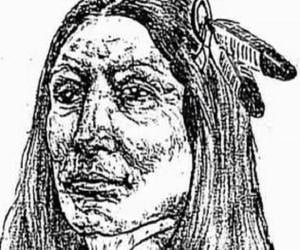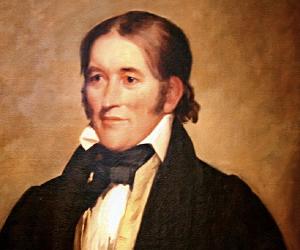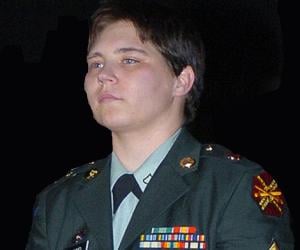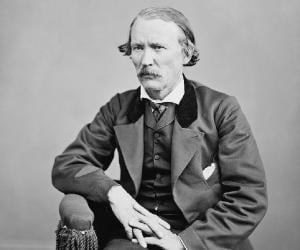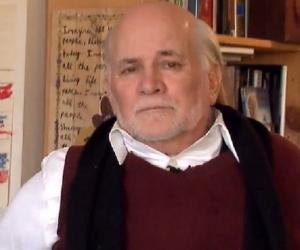Born In: Rapid City, South Dakota
Crazy Horse
(Military Leader, Folk Hero)
Crazy Horse was one of the most celebrated Native American warriors to have ever lived. In the mid-19th century, he led his tribe ‘Oglala Lakota’ to victory against several attacks by the US federal government. Thus, he earned a highly respectable status among the local tribes and also among his enemies. He participated in several historically significant American Indian wars, mostly on the northern plains of America, such as the ‘Fetterman Massacre’ in a bid to preserve the ‘Lakota’ way of life that was threatened by the immigrants. Although much of his early life has not been documented, he is a part of oral history. It is said that he started leading his army in wars well before he turned 20. He surrendered in 1877, when he was in his mid-30s. His death was highly controversial and its true cause is debated to date. Crazy Horse was never photographed and there is not a single credible photograph of his. In 1982, he was honored by the American government, which featured him on the ‘Great Americans’ series postage stamp.
Born In: Rapid City, South Dakota
51
11
51
11
